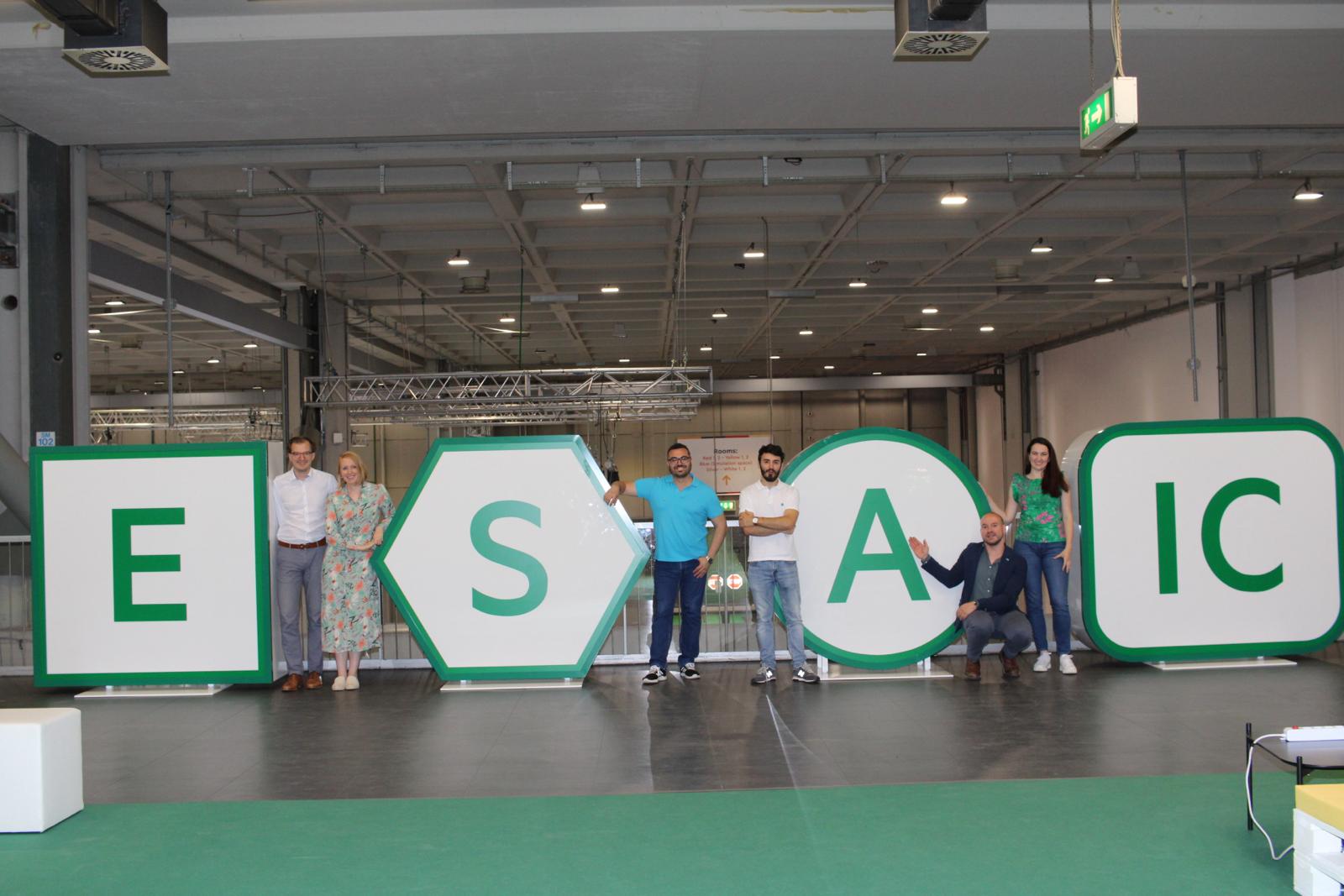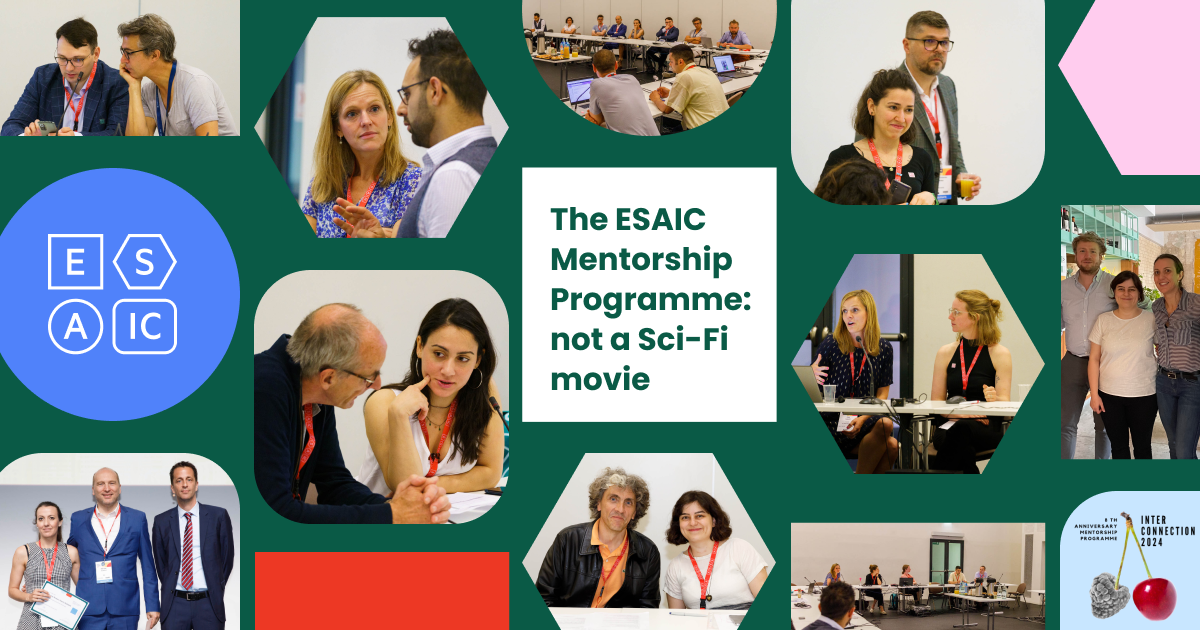ESAIC News
EA20 Newsletter: Session 14S6: Celebrating the Helsinki Declaration 10th anniversary: implementing the declaration requirements
Monday 30 November, 1400-1500H Channel 6
A decade on from the Helsinki Declaration on Patient Safety, various sessions at this year’s Euroanaesthesia look at the progress made since the declaration.
The first talk in this three-part session on “clinical audits: local or national?” is by Professor Tim Cook, Consultant in Anaesthesia and Intensive Care Medicine, Royal United Hospitals Bath NHS Foundation Trust, Bath, UK.
He will outline that his national experience is in running the National Audit Projects of the Royal College of Anaesthetists in the UK. “These decidedly national projects have explored major complications of anaesthesia and critical care – such as major neurological complications from neuraxial blocks, death or brain damage from airway management or anaphylaxis and anaesthetic awareness,” he says.
National collaboration enables a deep dive into rare but important complications of up to 4 million procedures which are undertaken throughout the UK in a period of one year. These vast projects have a reach and breadth that simply cannot be achieved by local audits and the learning is unique. However, each one is based on locally delivered service evaluation and after the report is delivered national recommendations must be implemented by local practice changes.
“I have also been involved in local audits, service evaluation and quality improvement projects that have resulted in a halving of local mortality rates for emergency laparotomy, not once but twice! The second achievement was the consequence of a regional quality improvement project, itself inspired and driven by the hard work on the National Emergency Laparotomy Audit (NELA),” explains Prof Cook. Overall NELA has contributed to a fall in mortality from emergency laparotomy of around 5% and perhaps saved 1500 lives per year in the UK.
Prof Cook concludes: “After involvement in both national and local audit and quality improvement I reflect that the relationship is symbiotic – national projects rely on local data collection and implementation of report recommendations. Likewise, local projects are at their best when there are national benchmarks and guidance. Finally, the Perioperative Quality Improvement Project is an exemplar project for collaborative local to national data gathering, national benchmarking and national quality improvement delivered locally.”
The next session asks if the World Health Organization (WHO) checklist should be compulsory, and is presented by Dr Arvid Steinar, Haugen Department of Anesthesia and Intensive Care, Haukeland University Hospital, Norway.
He will look back to 2008, the year the World Health Organization (WHO) introduced the Safe Surgery Checklist to improve teamwork, communication and consistency of care in operating theatres, as part of the global Safe Surgery Saves Lives campaign. The checklist has become mandatory to use in most WHO member states and evidence of its effect on patient outcome is growing. “Professional societies in surgery and anaesthesia endorse use of the checklist,” says Dr Haugen. “However, there is a gap between evidence and implementation in clinical practice.”
He will explain how sustainable implementation is difficult to achieve and there are variations in both use and uptake of the checklist. Key points from literature suggest it is necessary to have a broad strategy for implementation with education and training, team alignment, feedback on local data, accountability for non-compliance, support from hospital management, multidisciplinary involvement, tailoring of the checklist (according to guidelines), and building a system-wide culture and practice change that commits to making patient safety a priority.
The final talk will be given by Dr Daniel Arnal, Cofounder and past Chairman of SENSAR, the Spanish Anesthesia Incident Reporting System and based at Hospital Universitario Fundación Alcorcón, Madrid, Spain. He will discuss risk management approaches and new technology used for medication safety.
“I am not reinventing the wheel if I say that medication is our main working tool for anaesthesiologists. Considering the risks of the medications we usually prescribe and administer, medication safety and its impact in anaesthesia and intensive care is one of our priorities,” says Dr Arnal. “To avoid medication errors, we have two main steps: know the risks and take actions for them.”
The first step can be achieved through many means, some of them proactive, such as the “Failure Mode of Effect Analysis”, or, more frequently, retrospectively, such as the widespread incident reporting systems.
To improve medication safety, Dr Arnal will say we need to emphasize different corrective actions that include education, implementation of procedures and safety culture but also, medicine needs to take advantage of new technology available to reduce medication errors. Dr Arnal will give a quick overview of some of them.
“A tool useful for improving risk management itself is data mining. Either through analysing incident reports or directly on electronical clinical records, it is already identifying risk areas to medication administration at a hospital level,” he says. “And the introduction of electronic prescriptions has the opportunity to bring us stronger medication safety, especially in the postoperative period. We are now dealing with its implementation, but data have been published that show sequential optimisations of the electronic prescription system leads to a reduction in severity and frequency of medication adverse events.”
Recommendations for correct medication labelling with the introduction of ISO standard labels were central in the European Board of Anesthesiology recommendations for safe practice. The next step will be to use already available prefilled syringes.
“Intelligent ports will probably make a difference soon,” says Dr Arnal. “These ports use a flowmeter and a code reader to measure the amount and type of medication infused and will allow alerting for allergies and drug interactions, especially when connected to the electronic medical record.”
He concludes: “Now imagine the next stage of the future: technology that is already available but only needs to be applied to our environment: augmented reality glasses or similar could be used as code reader, decision taking aids and connected with intelligent ports and electronical medical records. Then we would be able to significantly improve medication safety in the perioperative setting.”
Read More of our special newsletter covering our virtual congress
Visit our COVID-19 Resource Hub for other news and resources.











